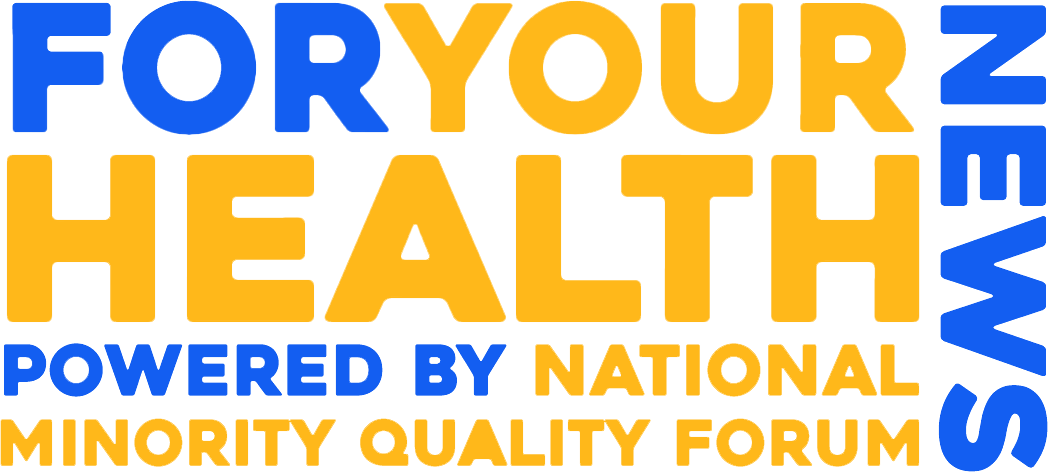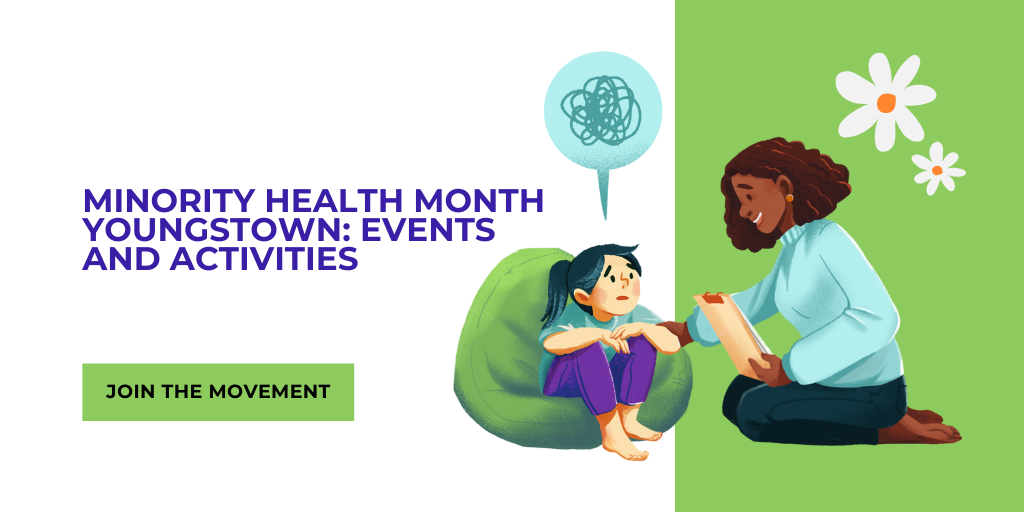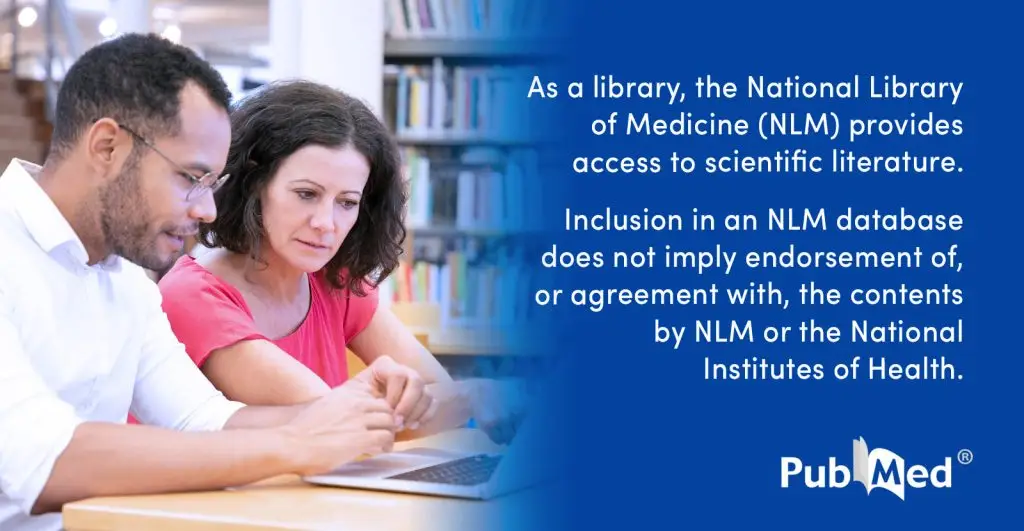All Stories
Variation in patterns of second primary malignancies across U.S. race and ethnicity groups: a Surveillance, Epidemiology, and End Results (SEER) an...
Purpose:
One in six incident cancers in the U.S. is a second primary cancer (SPC). Although primary cancers vary considerably by rac...
MotherToBaby Launches Spanish-Language Digital Health Website to Reach Underserved Latinx Communities in the U.S. & Canada
“No matter what the language they speak is, we want everyone to have access to the best, expert health information possible.” – Lorrie Harris-Sagar...
Black Patients Less Likely to Receive Home Health Care
(HealthDay News) — Despite similar hospital discharge readiness scores, Black patients are less likely to be discharged with home health care (HHC)...
Facilitators to cervical cancer screening in a minority, urban, underserved population
Objectives:
Cervical cancer has markedly declined due to widespread use of screening, but Hispanic women continue to bear a dispropo...
Changes in dental visits and oral health for children by race and ethnicity during the COVID-19 pandemic
Background:
The COVID-19 pandemic created new barriers to oral health care, which may worsen oral health and exacerbate disparities....
Gastric Cancer Survival Differs by Race and Ethnicity
TOPLINE:
Overall survival among US patients with resected stage II or III gastric cancer differs by race and ethnicity, with Asian and Hispanic pat...
Trending Topics
Features
- Drive Toolkit
Download and distribute powerful vaccination QI resources for your community.
- Health Champions
Sign up now to support health equity and sustainable health outcomes in your community.
- Cancer Early Detection
MCED tests use a simple blood draw to screen for many kinds of cancer at once.
- PR
FYHN is a bridge connecting health information providers to BIPOC communities in a trusted environment.
- Medicare
Discover an honest look at our Medicare system.
- Alliance for Representative Clinical Trials
ARC was launched to create a network of community clinicians to diversify and bring clinical trials to communities of color and other communities that have been underrepresented.
- Reducing Patient Risk
The single most important purpose of our healthcare system is to reduce patient risk for an acute event.




















